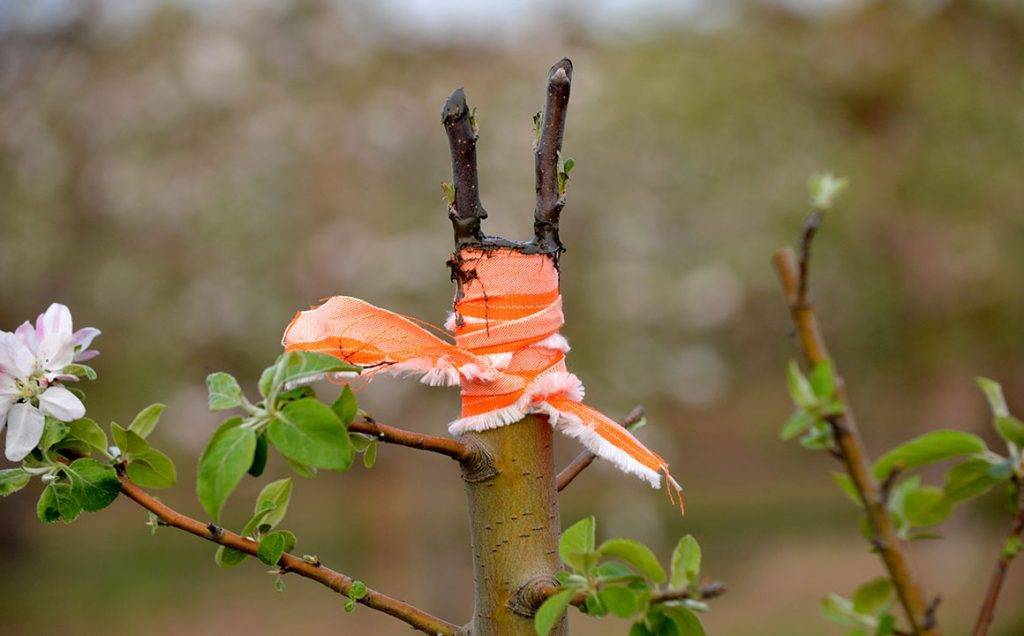If you’re a seasoned gardener, you’ve probably already heard about grafting. This is a time-honored horticultural practice, that opens doors to a realm of creative possibilities in the world of fruit cultivation. These grafting techniques involves joining different plant tissues to create a single, unified plant, allowing for the production of multiple fruit varieties on a single tree or plant. And even though it sounds super scientific and Frankenstein-ish, it actually isn’t. So let us introduce you to the magical practice of grafting, and reveal how you can implement it in your own orchard.
Whip-and-Tongue Grafting
Now, let’s take a closer look at the different types of grafting. Whip-and-tongue grafting stands as one of the most common and versatile grafting methods. It involves cutting a diagonal slice with a matching incision on the rootstock and scion, interlocking them to ensure optimal cambium alignment. This technique creates a harmonious union that allows for diverse fruit combinations within the same tree. Pretty cool, right?
Bud Grafting
Bud grafting, also known as T-budding, involves the insertion of a single bud from the desired fruit variety into the rootstock. This method, often employed during the active growing season, offers precision and a higher success rate, enabling the propagation of multiple fruit types on a single tree or plant. So if you’re a grafting beginner, this would be one of the best methods to try out.
Approach Grafting
Approach grafting involves uniting two actively growing plant parts without severing them from their parent plants. This technique allows for the fusion of different fruit varieties on the same tree, resulting in a harmonious coexistence of diverse fruits sharing the same vascular system. It’s pretty straightforward and also has a high success rate.
Cleft Grafting
Cleft grafting provides an effective method for combining fruit varieties by creating a cleft or slit in the rootstock. This method enables the insertion of scion material. This technique is particularly useful for thicker rootstocks. While it is still fairly easy to do, it may not be the best option if you’re a total newbie. However, it can be a great way to fusion trees with thicker rootstocks.
Benefits and Considerations
Grafting offers a plethora of benefits, including the ability to grow multiple fruit varieties in limited spaces, optimize pollination, and extend fruiting seasons. However, it requires meticulous care, precise techniques, and knowledge of compatible fruit species for successful graft unions.
Creating Unique Fruit Combinations
Grafting techniques empower gardeners to experiment with diverse fruit combinations. Imagine a single tree bearing a medley of fruits like apples, pears, plums, and cherries, each offering its unique flavor and characteristics, a testament to the creative potential of grafting.
Patience and Artistry
Successfully grafting unique fruit combinations demands patience, skill, and a dash of horticultural artistry. It’s a process that rewards dedication, allowing enthusiasts to witness the fascinating union of various fruit varieties. But besides all of that, it’s also a wonderful way to embrace diversity. So if you’re feeling a bit bored with your day-to-day gardening duties, and you’re looking to step up your game, this could be a great way to do that.

